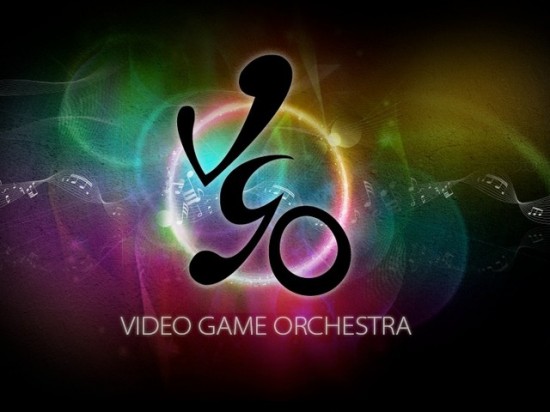
If you’ve been around the gaming convention scene on the east coast, chances are that you have heard of the Video Game Orchestra. Not to be confused with the Video Games Live concerts, the Video Game Orchestra (or VGO, for short) is a Boston based group that combines a unique sound of rock and orchestral genres for their videogame covers. It’s a genre that they often refer to as “rockestral game music.” The VGO has had a number of performances at events like PAX East and MAGFest, but they have also performed a number of stand alone concerts in the New England area. Depending on the venue, the group can consist of anything from a small rock ensemble to a much larger rock band and orchestra combination.
Back in 2012, the VGO launched a Kickstarter campaign for an album featuring their larger ensemble. The Kickstarter was a success and enabled them to record a live concert performance at Boston’s Symphony Hall on October 7, 2012. Thanks to the Kickstarter funding, they were able to have the performance recorded, mixed, mastered, and released to their backers and eventually to the public. The album officially received its public release earlier this year. The end result is the album Live at Symphony Hall. So what music did they cover and how does it sound? Read on to find out.
The concert starts off with “Theme of World Warriors,” from Street Fighter 2, originally composed by Yoko Shimomura. Several of the arrangements for the VGO were created by Shota Nakama, the leader of the group, and this opening piece really showcases the group’s signature “rockestral” sound. A healthy dose of electronic, rock, and orchestral elements are combined for a unique music experience. The violin, electric guitar, and synth all get their brief solos and riffs to complement the exciting and upbeat source material from the Street Fighter 2 soundtrack. The balance achieved between the very different music genres is well done and it never feels at any moment like one is overpowering the other. Overall a very well executed arrangement style.
The next two tracks on the album have become staples of the Video Game Orchestra’s live performance repertoire. The first of these is “Chrono Trigger” more often known as the main theme from Chrono Trigger. Usually, this piece is played with just the rock group, so this is a rare instance of hearing the piece with a full orchestra backing up the rock band. Of particular note in this arrangement is the solo violin work of Chris Baum. He gets a number of great solo moments with just the orchestra and piano, providing a new level of contrast to the rock instruments, which you normally don’t get to hear when the group plays as just the smaller rock ensemble.
The second of these pieces is everyone’s favorite videogame sing-along song “Still Alive” from Portal. Much like the Chrono Trigger track, this piece is normally performed with the VGO’s smaller rock ensemble, so it’s interesting to hear the full orchestra being included in this arrangement. The solo vocal part is performed by Ingrid Gerdes, who gives a great performance that preserves the song’s peppy and humorous tone, and she even invites the audience to sing along for a verse. Overall an excellent rendition of Jonathan Coulton’s original tune.
Track 4 on the Live at Symphony Hall album is a piece that works perfectly as a rockestral arrangement. This would be “Vampire Killer” from the Castlevania series. The piece actually opens with a brief quote of “Bloody Tears” on the organ, but quickly transitions into the familiar “Vampire Killer” theme. Excluding the painfully bland Lords of Shadow games, the music from the Castlevania franchise has always had a great rock feel to it, so it makes sense that the transition into the VGO’s rockestral arrangement style works so well. A particular highlight in this track comes around the 2’24” mark, where the electric violin and keyboard have a soloists duel. This section eventually builds to a bombastic Bach chord progression from the whole ensemble, before finally returning to a restatement of the piece’s main theme. This was a great arrangement of one of my favorite Castlevania pieces and I hope to hear it in person at a live performance someday.
The next track on the album, “Final Fantasy Tactics Medley,” is one of the few pieces that features only the orchestra, with no rock instruments. This arrangement was actually done by guest arranger David Saulesco, who has done work in the videogame music field as a composer. Saulesco’s interpretation really captures the grandeur and scope of Hitoshi Sakimoto’s original score. I especially enjoyed the use of the choir for some of the more foreboding and mysterious sections of the arrangement. Pieces featured in the medley include “Title Back,” “Backborn Story,” and even some quotes from Sakimoto’s Final Fantasy XII score. The fact that it this arrangement sticks to a purely orchestral interpretation provides a nice contrast to the previous set of tracks. For those wondering why there’s an inclusion of music from FF XII, this is due to the fact that those games take place in the same universe. So in reality the medley is more of an Ivalice compilation, rather than a compilation from one specific game. Still, it’s a wonderful medley that pays tribute to Hitoshi Sakimoto’s work on the Final Fantasy series.
In keeping with the more orchestral tone, the next piece, “The End Of The World” from Grandia, also leaves the rock band out of the arrangement. Also like the previous piece, there is a guest arranger. In fact “The End of The World” and the following track “Theme Of Grandia” are both arranged by the original composer of the Grandia music, Noriyuki Iwadare. I confess that I’ve yet to play the Grandia games, so this was my first time hearing the game’s music, and I have to say it’s some absolutely fantastic material. This concert also marks the first time that the Grandia music has been performed in the United States. The “Theme Of Grandia” reintroduces the rock band into the mix and features a great violin solo by concert master Sho Omagari towards the middle of the piece. A great set of pieces that will have me looking up some new RPG music to add to my own collection. These arrangements have definitely made a fan out of me.
Switching gears from the orchestral arrangements of RPG music, the next two tracks feature music from God of War. The first of these, simply titled “God of War,” is the main theme for the original game. From what I’ve been able to find, this piece and the following track are actually the original arrangements by the game’s composer Gerard K. Marino. The second piece is “The End Begins To Rock,” an rock version of the same music that was created for the Rock Band. While both selections may be keeping to their original arrangements, they are an interesting contrast against each other. The first being the more dramatic orchestral version that gamers are familiar with, while the second piece provides an edgier and more aggressive take on the material.
The final selection for the Live at Symphony Hall album is the “Final Fantasy VII Suite.” Now while I really enjoy the score from Final Fantasy VII, I do feel like the music has been played to death at so many concerts. Luckily, this arrangement by Shota Nakama and Naoto Kubo is a unique enough take on the material that it feels like a fresh experience of the music that we’re all so familiar with. For example, the suite starts with the “Prelude” theme, but in addition to the harp arpeggio we also get an added choir accompaniment. It’s a small adjustment, but it brings something new to what we’re used to hearing. Other notable pieces in the suite include the “Final Fantasy Main Theme,” a rockestral version of “Those Who Fight,” and a very calming and well orchestrated version of “Aerith’s Theme.” Of course this wouldn’t be a Final Fantasy VII suite without “One-Winged Angel,” and I have to say this version makes an interesting entrance into the arrangement. During a brief and mellow interlude with “Cinco de Chocobo,” an eerie and unsettling upwards glissando from the strings starts to build and leads into the bombastic opening chords of “One-Winged Angel.” This rockestral version of the piece, while certainly taking a lot of cues from the Advent Children arrangement, does manage to have its own unique tone. This is mostly due to the throwing in more accompaniment from the electric guitars and some variation in the guitar solos. To wrap things up the “Main Overworld Theme” comes in followed by a reintroduction of the “Final Fantasy Theme,” this time with the orchestra, choir, and the rock band. This suite clocks in at over sixteen minutes in length and provides a great finale for an amazing album.
To conclude, the Live at Symphony Hall album showcases some excellent work by the Video Game Orchestra. The group covers some well loved game tunes and also manages to find new ways to present the material that are both original and enjoyable. This is largely due to the work of Shota Nakama and others in their skill at arranging for this group. Their self-described “rockestral” style breaths new life into classic videogame music and is a pure blast to listen to. I’d highly recommend this album to anyone who enjoys orchestral and rock genre interpretations of game music and to anyone who hasn’t had the chance to hear this group perform live at gaming events. This is some excellent work, and I can’t wait to see what they do in the future. The Video Game Orchestra’s Live at Symphony Hall album can be purchased on CD Baby and iTunes.
Tags: David Saulesco, Game Music, Kickstarter, Live at Symphony Hall, Live Concert, Music Reviews, Naoto Kubo, Noriyuki Iwadare, Reviews, Shota Nakama, Symphony Hall, VGM, VGO, Video Game Orchestra, Videogame music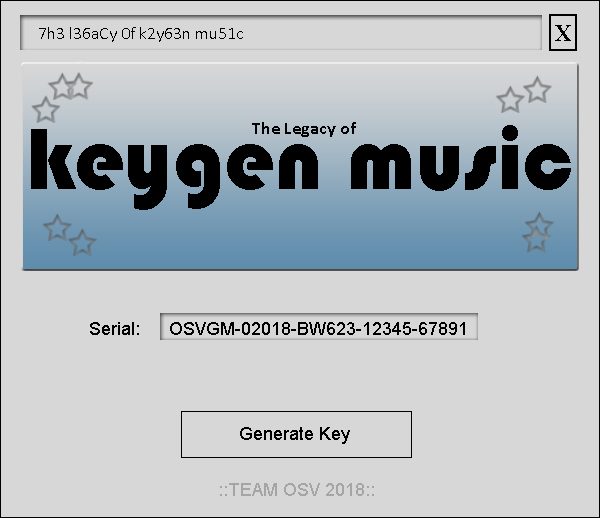
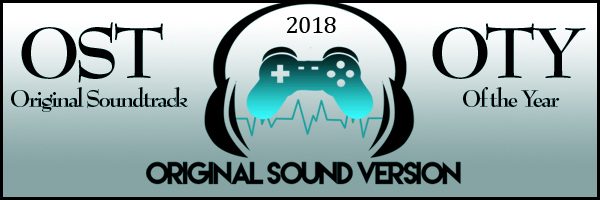
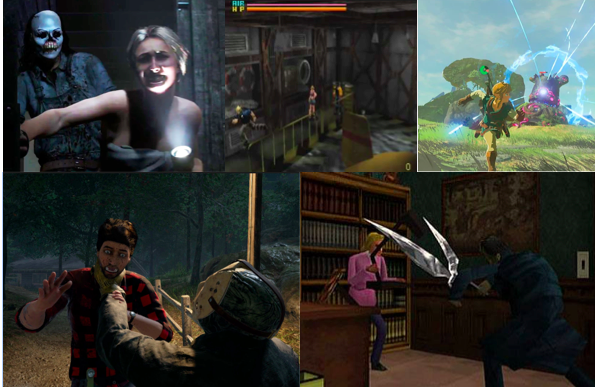
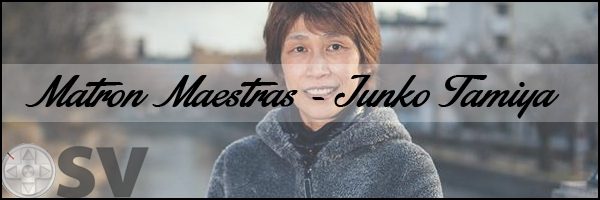
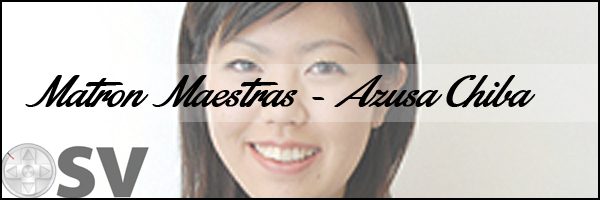
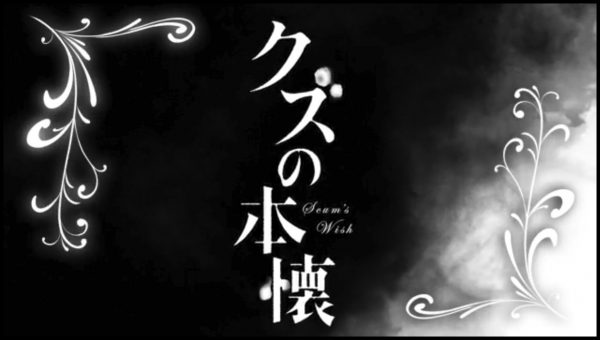


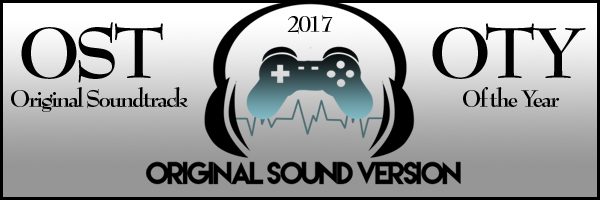
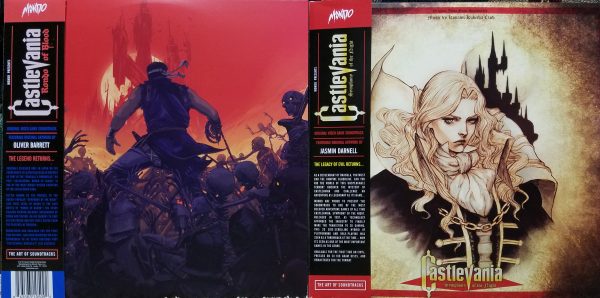
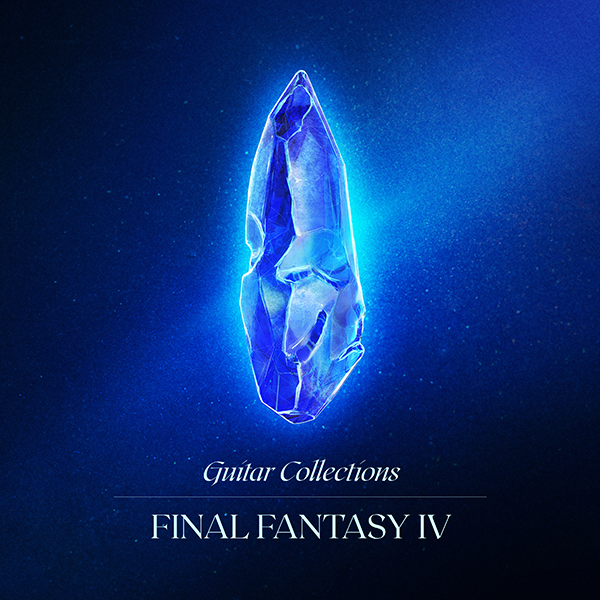
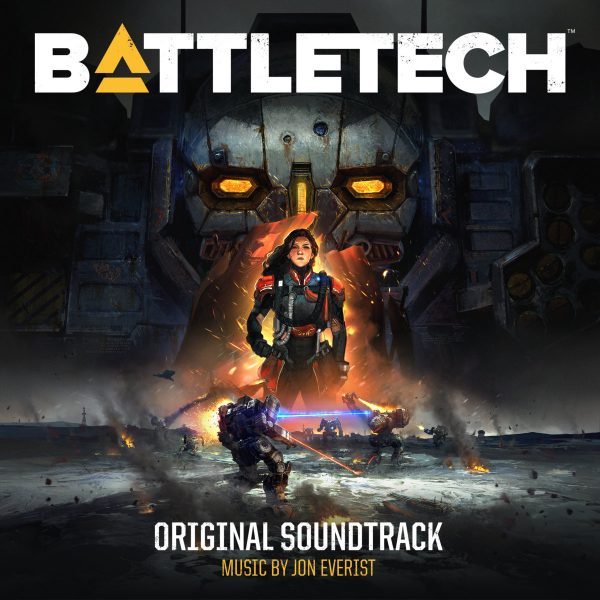
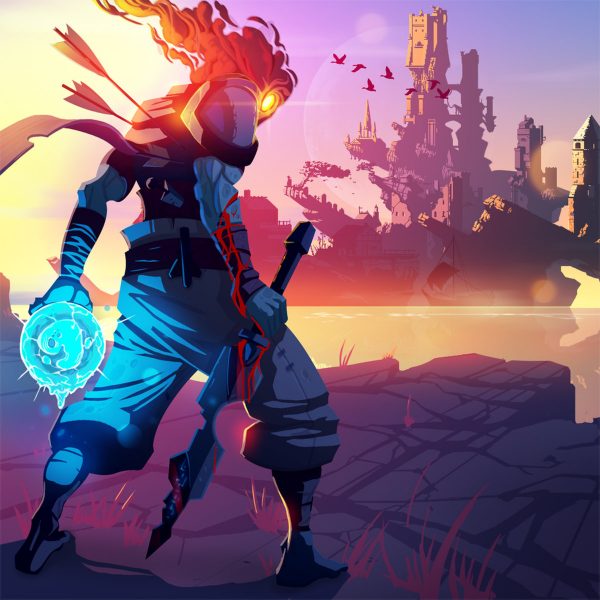
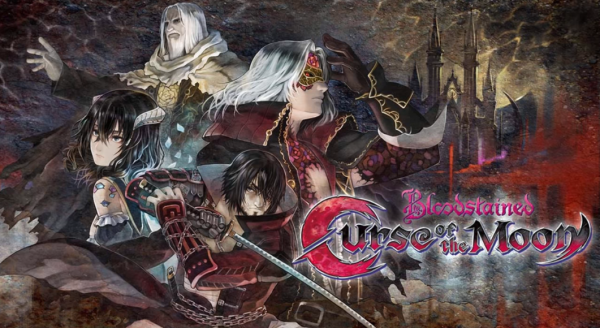
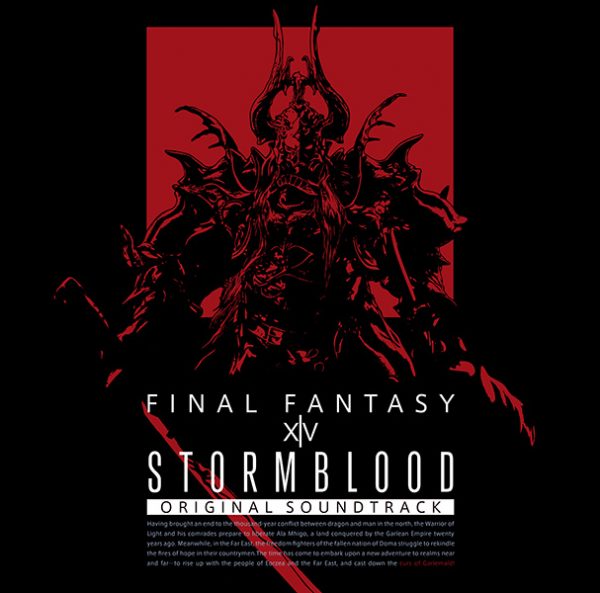
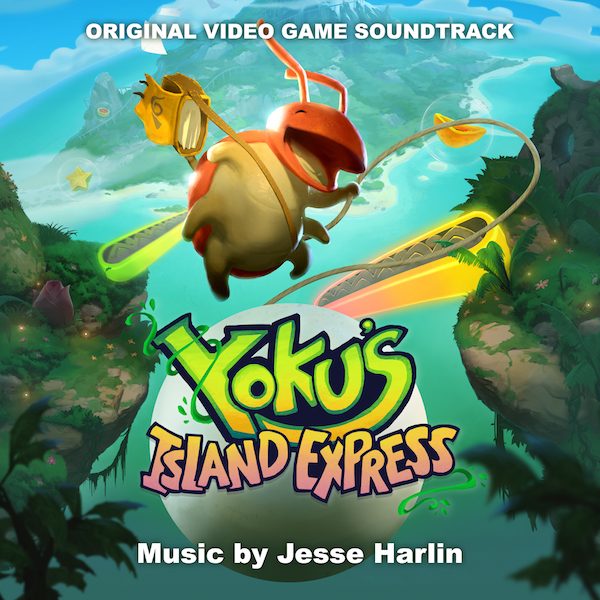
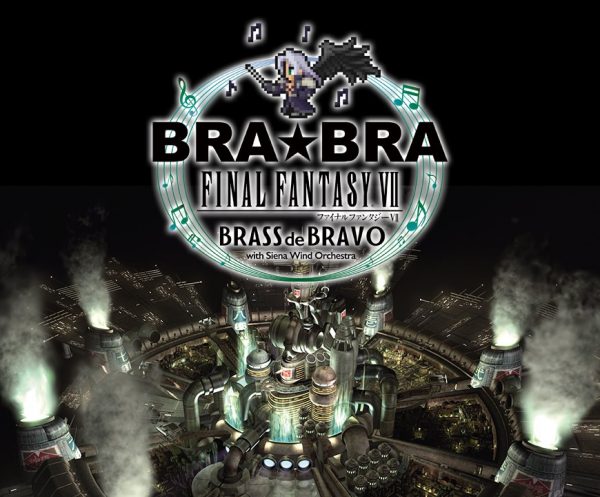
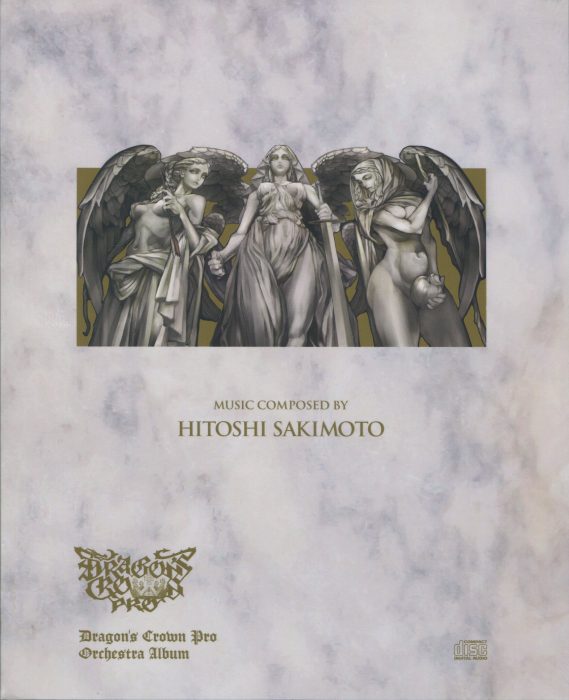
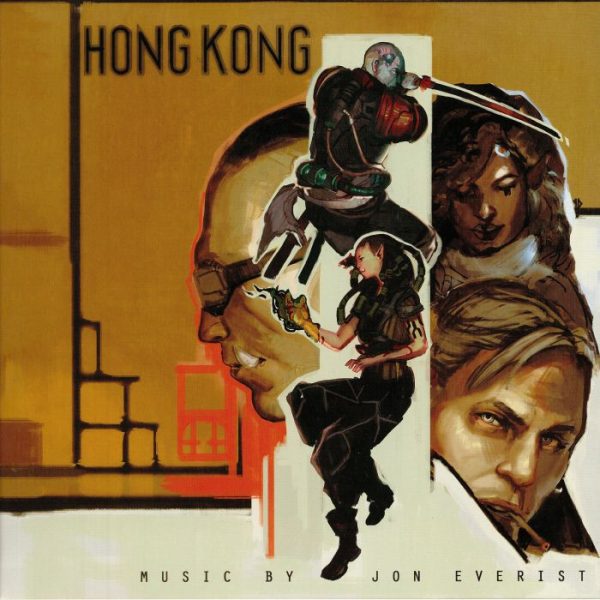
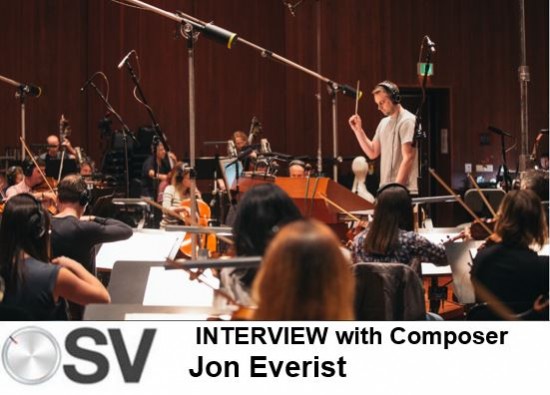
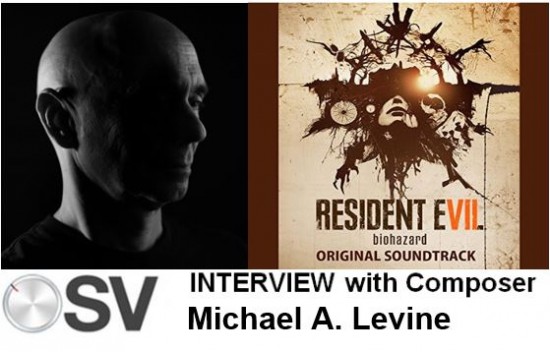
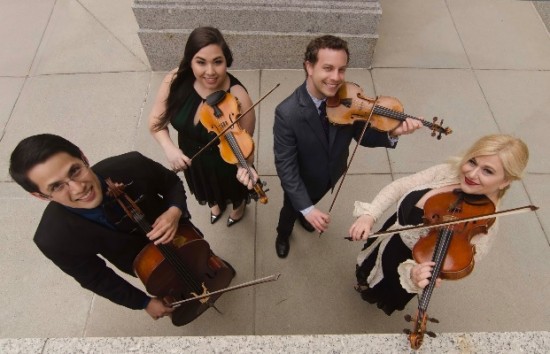
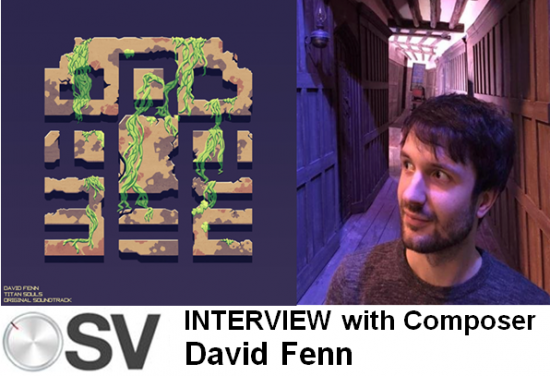
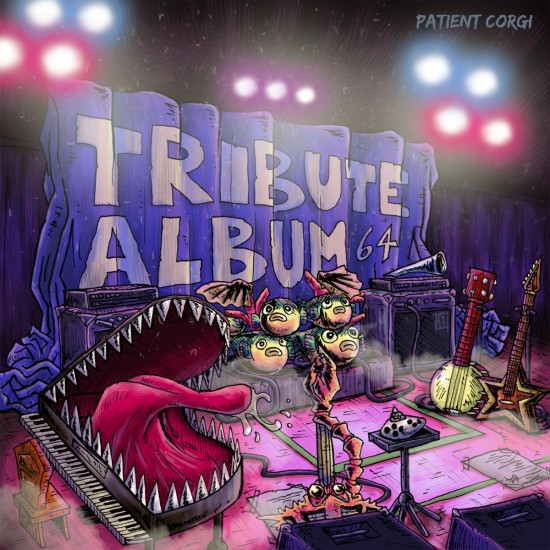
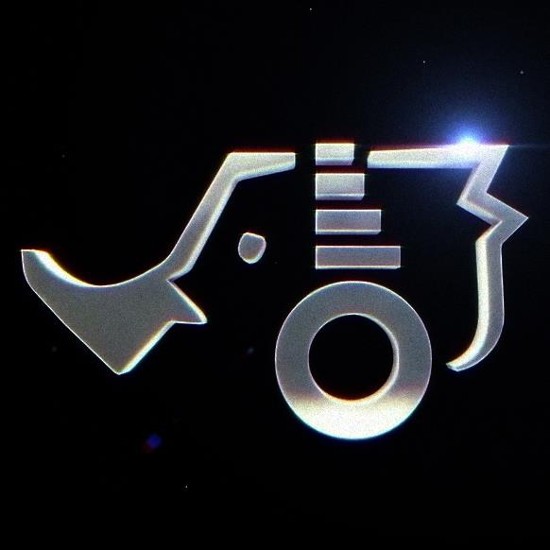
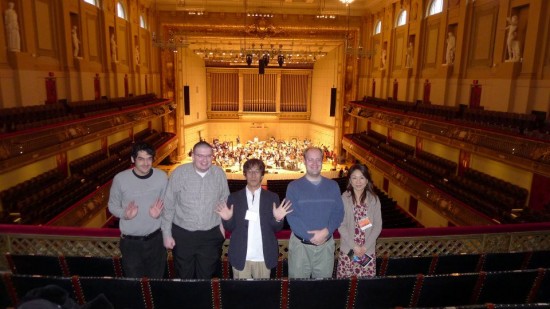
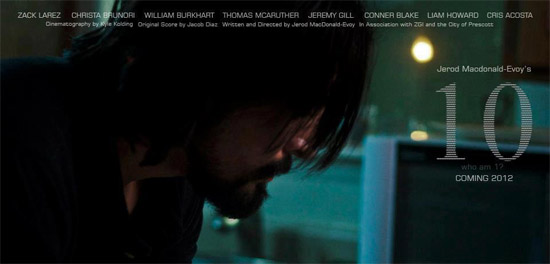
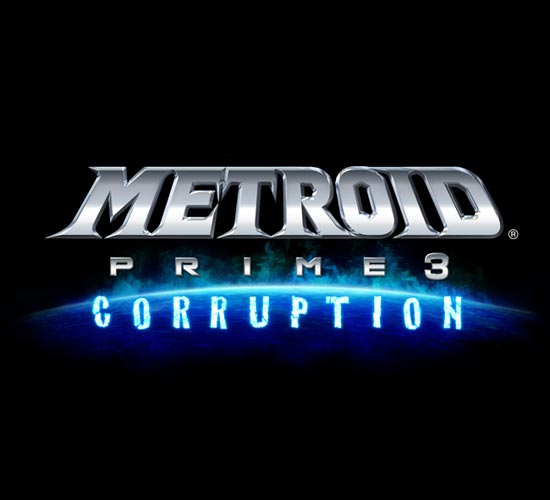



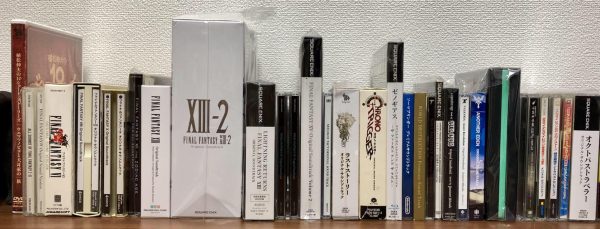
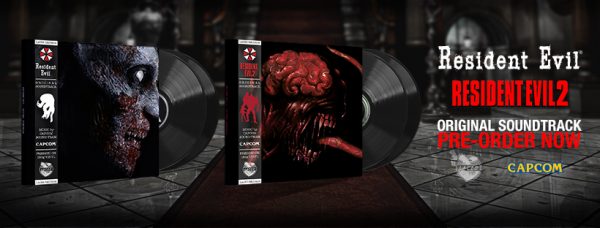
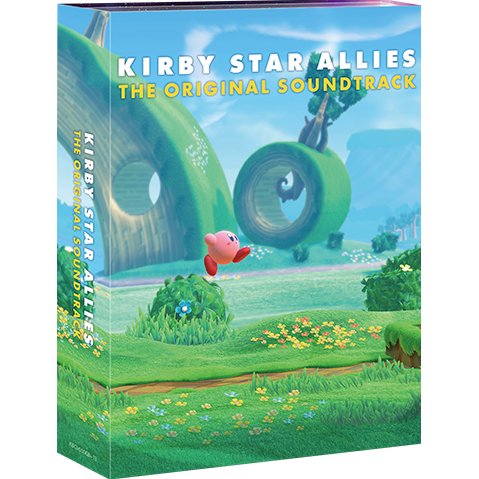
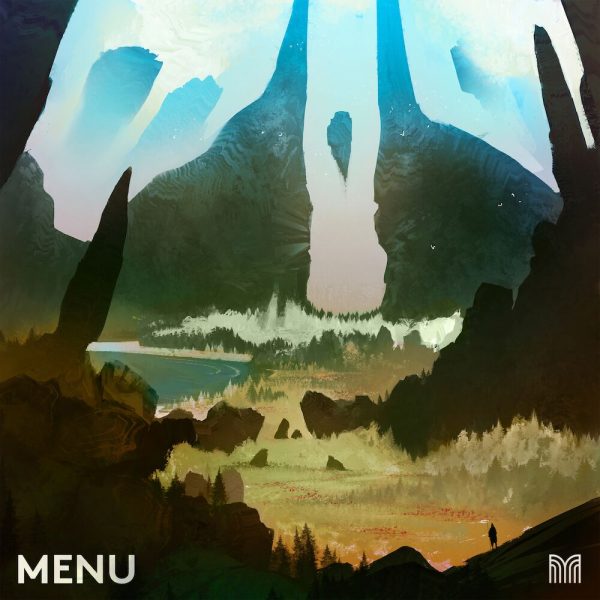
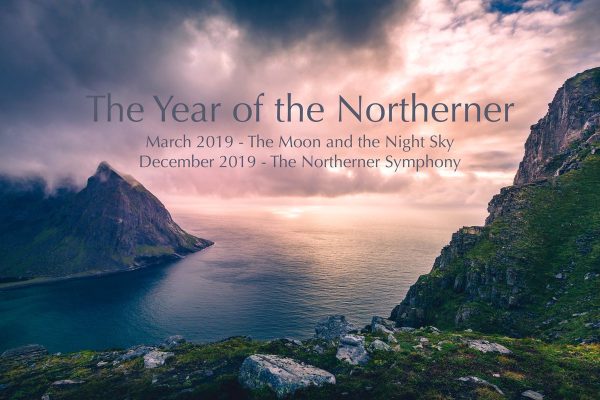
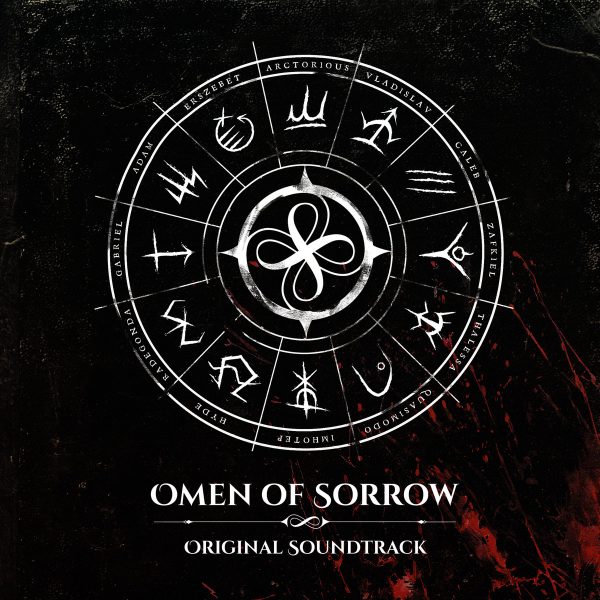
Nice Review, I like your detailed descriptions of some of the pieces. Just one thing: You are not very familiar with the music of Final Fantasy Tactics, aren’t you? You listed “Trisection” as part of the medley, which is not. They omitted that part due to a performance problem. Luckily they are doing another concert in October (and recording it), so there will be a second chance for Trisection! 🙂
This may be just some small detail for most of the readers. But as you can see in this video
http://www.youtube.com/watch?v=lsPfYXS9Yio
the audience cheers only once at exact that part, so it’s a very popular piece among FFT lovers. 🙂
Cheers,
Roland
Nice catch on the Tactics tracks. You’re correct, I’m not as familiar with the music in that particular game as I am with some of the others games. I probably got my information crossed between listening to the CD and original concert versions. In any case, thank you for the correction. It should be fixed in the review now.